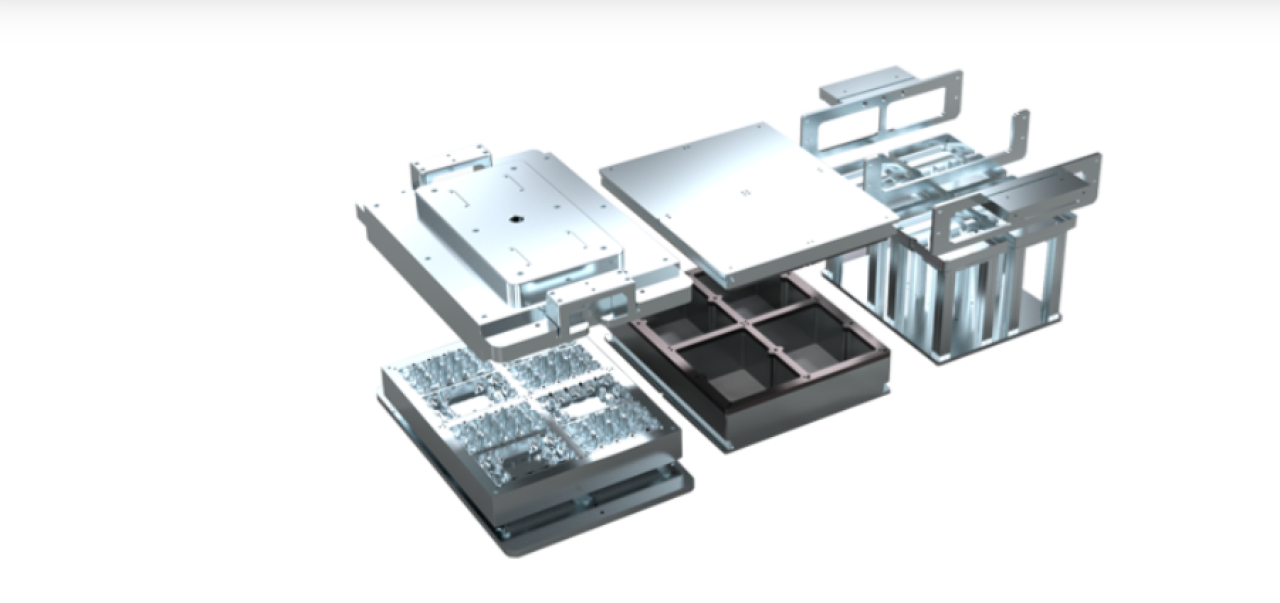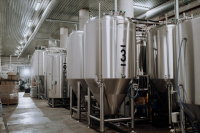What is 3 Station Tooling?
3 Station Tooling is a manufacturing method that integrates three different workstations into a single streamlined process. Each station performs a specific task, and the product moves automatically or manually from one station to the next. The goal is to complete multiple production steps in one seamless operation, minimizing time loss and reducing production errors.
For example, in the production of a mechanical component, the first station might perform cutting, the second station shaping, and the third finishing. This setup eliminates the need for manual transfers between separate machines, creating a smoother workflow.
Benefits of 3 Station Tooling
1. Time Efficiency
3 Station Tooling accelerates production cycles by combining multiple tasks in a single setup. It reduces the time spent transferring workpieces between different machines, significantly decreasing overall production time.
2. Improved Productivity
By focusing each workstation on a specialized task, the system encourages process specialization, leading to higher-quality results. Improved coordination between stations also supports labor productivity.
3. Error Reduction
Manual operations often introduce inconsistencies, but the automated nature of 3 Station Tooling minimizes these risks. The system ensures consistent and repeatable results at every stage.
4. Cost Savings
By integrating multiple functions into one system, the need for separate machinery and excessive labor is reduced, resulting in lower operational costs and a stronger competitive edge.
Applications of 3 Station Tooling
2. Aerospace Industry
The aerospace sector benefits from this system’s ability to handle complex and precise manufacturing processes, such as shaping aircraft body components.
3. Electronics Manufacturing
Processes like circuit board assembly, soldering, and testing are streamlined using 3 Station Tooling, ensuring faster production and minimal error rates.
To successfully implement this system, consider the following steps:
Needs Analysis - Identify which tasks can be grouped and determine the required equipment.
Equipment Selection - Choose machinery suitable for each station and ensure compatibility.
System Design - Plan the material flow between stations for uninterrupted operation.
Training and Maintenance - Train staff to operate the system effectively and establish regular maintenance protocols for sustained efficiency.
The Future of 3 Station Tooling
With the rise of Industry 4.0 and smart manufacturing, 3 Station Tooling systems are becoming increasingly advanced. Equipped with sensor technologies and data analytics, modern setups offer greater flexibility and predictive maintenance capabilities. These advancements are expected to further revolutionize production processes in the coming years.
In conclusion, 3 Station Tooling is a powerful solution for businesses aiming to optimize their production processes and gain a competitive edge. It offers time savings, cost efficiency, and high-quality output, making it a valuable asset in modern manufacturing. If you're considering enhancing your production efficiency, 3 Station Tooling could be the innovation your business needs.








